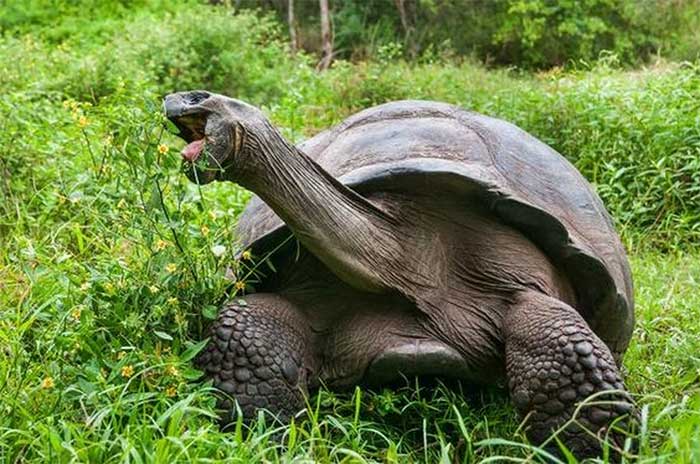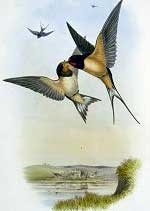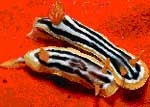On an island belonging to the island nation of Seychelles, visitors can witness the sight of giant Aldabra tortoises moving slowly and heavily.
Typically, these tortoises forage in the early morning when the weather is still cool. Their diet is quite diverse, consisting mainly of vegetation, but they also eat some animals and even carrion. Despite this, they can survive for extended periods under conditions of food and water scarcity.

Giant tortoises moving to a shaded area before being overheated in their shells. (Image captured from video).
The greatest “enemy” of these tortoises in nature is the sun. As the sunlight begins to blaze, thousands of tortoises hurriedly crawl in search of shade.
If they do not quickly find a shaded spot, they risk becoming overheated in their own shells. Thus, they take advantage of the cool morning to forage and must soon seek refuge before the heat becomes too intense.
Caves in the coral rocks can provide the shade they desperately need. As soon as they find a safe shelter, the group of tortoises rushes down.
However, not all are quick or fortunate enough. Many tortoises, unable to move in time, end up basking in the sun for extended periods.
Once they reach a safe shaded area, they will lie closely together, tucking their legs neatly into their shells. If they wish to survive, the entire group of tortoises must follow suit, lest they be roasted in their own shells.
Currently, the tortoises are safe, but their future is uncertain. Climate change is causing sea levels to rise, which directly impacts the habitat of these giant tortoises. It may not be long before they need to find new shelters.
The Aldabra giant tortoise is the largest herbivorous animal in the island nation of Seychelles. According to statistics from experts, they consume up to 11% of the vegetation in this area. This species can live up to 150 years.

A giant tortoise can weigh up to 250kg (Image: WK).
They are one of the largest land tortoise species in the world, characterized by a brown, dome-shaped shell and body weight of up to 250kg. They have sturdy, scaled legs to support their bodies. The neck of this tortoise species is quite long, allowing it to reach branches up to a meter off the ground to forage for food.
Currently, on Frégate Island in Seychelles, there is a population of giant tortoises residing. This area is home to approximately 3,000 tortoises.
Seychelles is an island nation located in the Indian Ocean, northeast of Madagascar and about 1,600km east of Kenya.
This archipelago consists of 115 islands, most of which are uninhabited and aimed at nature conservation.
For a long time, Seychelles tourism has been likened to a distant paradise on Earth, with 115 unique islands set in the deep blue of the Indian Ocean.
Blessed by nature, the climate here is characterized by a warm tropical environment year-round. According to experience, the best time to visit this island nation is from April to October.
Some popular tourist destinations in this island nation include Mahé Island and Praslin Island, known for having some of the world’s most beautiful beaches and a gigantic lagoon perfect for diving.
Not far from the lagoon lies the largest population of giant tortoises, found nowhere else in the world. Additionally, this area is home to several rare seabird species and unique land birds.





















































